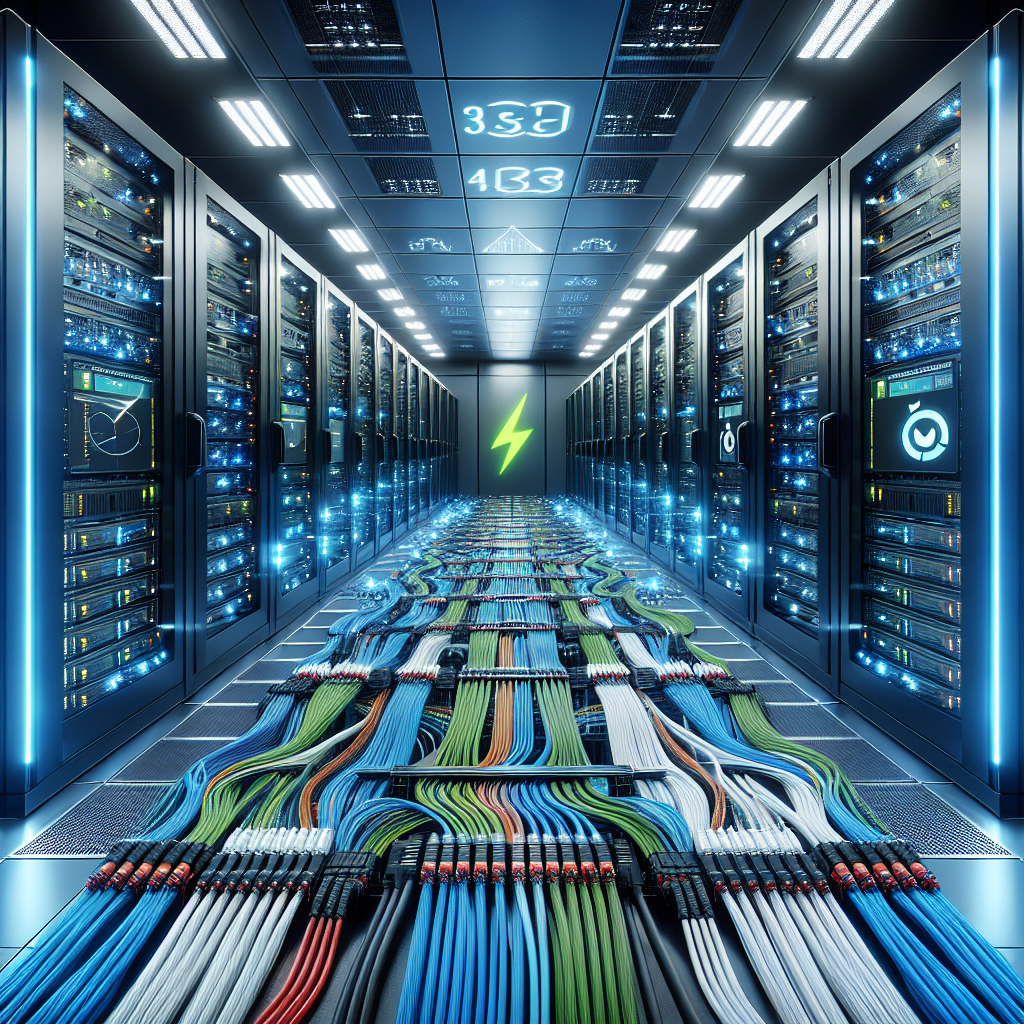Data centers are the backbone of modern businesses, providing the necessary infrastructure to store, process, and distribute vast amounts of data. With the increasing demand for data processing and storage, it is crucial for data centers to operate efficiently to meet the growing needs of businesses and consumers.
One key aspect of maximizing data center efficiency is through effective cabling strategies. Proper cabling not only ensures that data can flow seamlessly and reliably throughout the data center, but it also plays a significant role in reducing downtime, improving performance, and enhancing overall operational efficiency.
One important aspect of effective cabling strategies is proper cable management. This includes organizing cables in a neat and orderly manner, using cable trays, racks, and cable ties to prevent tangling and ensure easy access for maintenance and troubleshooting. Proper cable management not only improves the aesthetics of the data center but also reduces the risk of cable damage and signal interference, which can lead to downtime and performance issues.
In addition to proper cable management, it is essential to choose the right type of cables for the specific needs of the data center. There are various types of cables available, including copper cables, fiber optic cables, and coaxial cables, each with its own advantages and limitations. By selecting the appropriate cables for the data center’s infrastructure and requirements, businesses can ensure optimal performance and reliability.
Another important aspect of maximizing data center efficiency through effective cabling strategies is ensuring proper cable length and routing. Cables that are too long can lead to signal loss and degradation, while cables that are too short can restrict flexibility and hinder maintenance efforts. By carefully planning cable lengths and routing paths, businesses can optimize data flow and minimize the risk of performance issues.
Moreover, regular maintenance and inspections of cables are essential to ensure that they are in good working condition and free from damage or wear. By conducting routine cable checks and replacing any damaged or faulty cables, businesses can prevent potential issues and ensure uninterrupted data flow within the data center.
In conclusion, maximizing data center efficiency through effective cabling strategies is crucial for businesses to meet the growing demands of data processing and storage. By implementing proper cable management, choosing the right type of cables, ensuring proper cable length and routing, and conducting regular maintenance, businesses can enhance performance, reduce downtime, and improve overall operational efficiency in their data centers.


Leave a Reply